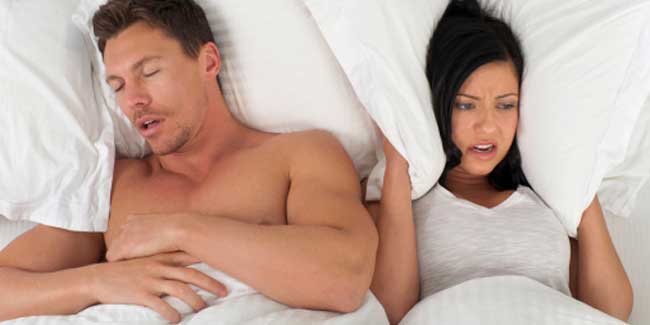
People talk a lot about sleep and associate a lot of myths with it. We just don’t hear them often but also experience them a lot of times. Some may be laughed off as “old wives tale” but some myths are based on incorrect information and can prove to be dangerous for us. Here is a list of common myths debunked about sleep complied by National Sleep Foundation.
Table of Content:-
Myth 1: Just snoring is sleep apnea.
Snoring sure is a sign of sleep apnea but both of these are different things. Sleep apnea can actually cause a person’s breath to pause up to 400 times throughout the night. These interruptions may last for anywhere between 10 to 30 seconds. The breathing may resume with snorts and this break in the sleep can leave you feeling tired during the day.
Myth 2: Sleep apnea is not life-threatening.
Sleep interruptions are capable of wrecking your body, mind and basically the whole day day-after day. When you haven’t slept enough and sound, you put yourself at the risk of injuries at work, road accidents, heart attacks, and heart ailments.
[Read: Sleep Apnea can increase risk of Depression in Men]
Myth 3: Sleep apnea doesn’t block your breath.
Obstructive sleep apnea is the most common type of sleep apnea that occurs when the airway is blocked by your tongue, tonsils or other tissues at the back of your throat. It stops the air when you try to breathe.
Myth 4: Sleep apnea is a disease of the old.
A medical estimate states that in US, more than 18 million people are affected by sleep apnea. Most commonly, people above the age of 40 suffer from sleep apnea but the disorder can affect people of all ages. Being overweight, male, African-American or Latino puts you at an increased risk of suffering from sleep apnea. It also can be inherited and runs in families.
[Read: Sleep apnea may make lung cancer more deadly, says study]
Myth 4: Alcohol helps in sleeping.
A peg or two may make you drowsy but the liquor doesn’t guarantee quality sleep. Alcohol works the same way as sleeping pills do; it relaxes the muscles in the back of the throat making it easier for the airways to get blocked in people with OSA.
Myth 5: Kids don’t get sleep apnea.
As a matter of fact, OSA is quite common in children. As many as 1 in 10 children can be affected by it. Most children with OSA exhibit mild symptoms and eventually outgrow the disorder. But, severe forms of sleep apnea can cause behavioural issues and serious medical conditions in the affected children.
Myth 6: Weight has nothing to do with sleep apnea.
We had mentioned before how being obese can give you OSA and losing weight can actually improve the condition. Talk to your doctor about an ideal weight loss program for you. Even if you can shed 5-10 percent of your total body weight, you will feel your symptoms fading away. Just like shedding weight, quitting smoking also helps.
Myth 7: Sleeping position doesn’t have anything to do with sleep apnea.
Lying on your side can help in improving your condition. In fact sleeping on your back causes the gravity to pull your throat tissues down and they block the airway. When you sleep on your side, it actually helps the throat. There are special pillows to keep you on your side. Some people even use shirts with tennis balls sewn to the back.
If you have been diagnose with OSA, a mouthpiece or CPAP (continuous positive airway pressure) can help you breathe better through the night. CPAP is the most common treatment for adults with moderate to severe OSA.
Image Courtesy: Getty
Read more articles on Understand Sleep Apnea.
For more such stories, Download Onlymyhealth App.
How we keep this article up to date:
We work with experts and keep a close eye on the latest in health and wellness. Whenever there is a new research or helpful information, we update our articles with accurate and useful advice.
Current Version
